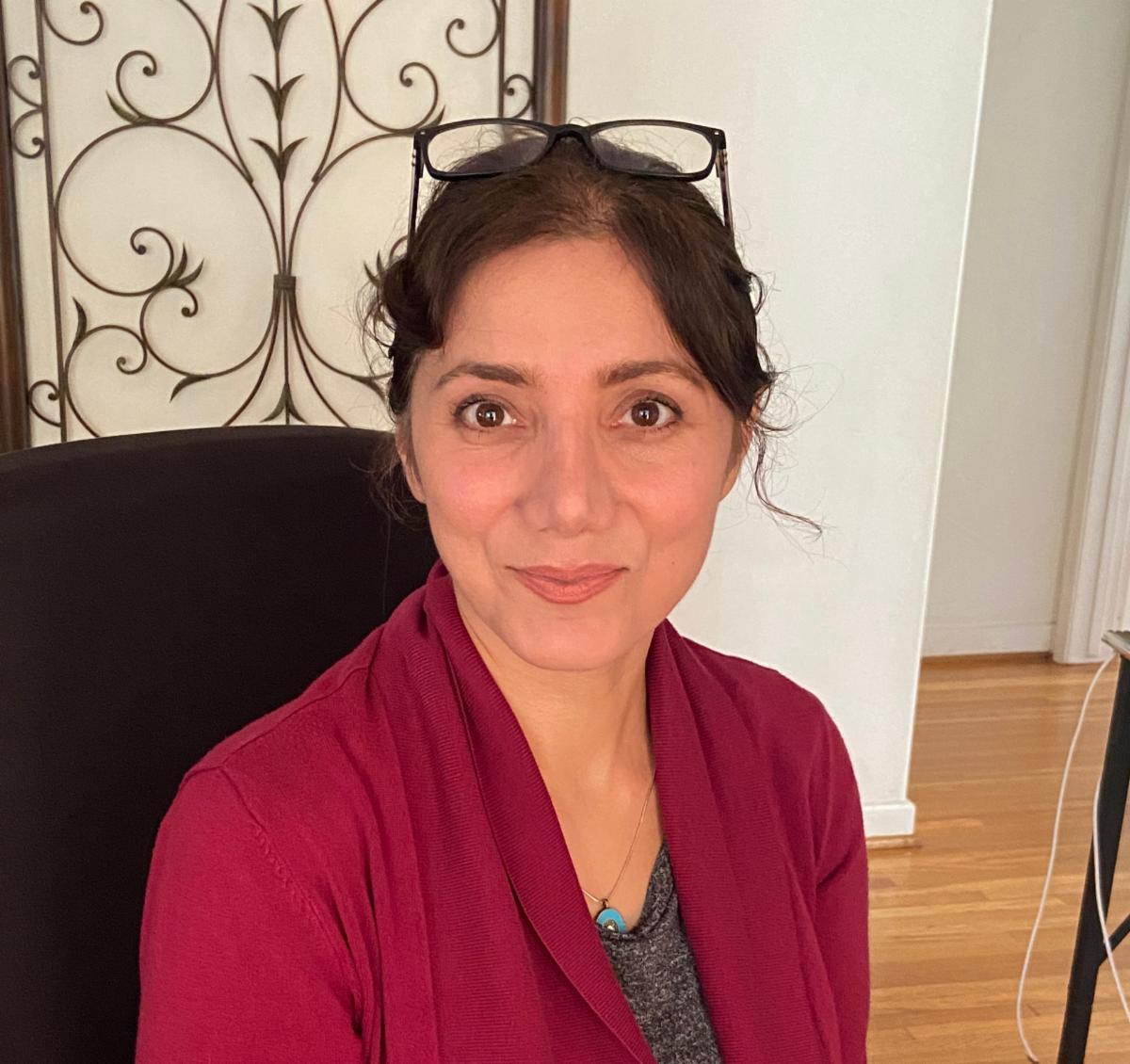Colloquia & Guest Speakers
Guiding Trojan Optical Beams using Lagrange Points
Professor Mercedeh Khajavikhan, Professor in the Ming Hsieh Department of Electrical Engineering and the Department of Physics and Astronomy
Monday, February 19, 2024
3:30 p.m.
Presented in-person in Goergen 101 and on Zoom
Zoom Information
Zoom:https://rochester.zoom.us/j/91669460596?pwd=T1VzbEFreVd3NFR5QnlUV09YWlZWZz09
Meeting ID: 916 6946 0596
Passcode: 0330
Abstract
The guided transmission of optical waves is critical for light-based applications in modern communication, information processing and energy generation systems. Traditionally, the guiding of light waves in structures such as optical fibers has been predominantly achieved through the use of total internal reflection. In periodic platforms, a variety of other physical mechanisms can also be deployed to transport optical waves. However, transversely confining light in fully dielectric, non-periodic and passive configurations remains a challenge in situations where total internal reflection is not supported. Here we present an approach to trapping light that utilizes the exotic features of Lagrange points—a special class of equilibrium positions akin to those responsible for capturing Trojan asteroids in celestial mechanics. This is achieved in arrangements in which optical Coriolis forces induce guiding channels even at locations where the refractive index landscape is defocusing or entirely unremarkable. These findings may have implications beyond standard optical waveguiding schemes and could also apply to other physical systems such as acoustics, electron beams and ultracold atoms.
Biography

Professor Khajavikhan joined the faculty of the University of Southern California in the Ming Hsieh Department of Electrical Engineering, Viterbi College of Engineering, in August 2019 as an Associate Professor and was promoted to a full professor rank in January 2022. She has also a joint appointment at the Department of Physics & Astronomy, Dornsife College of Letters, Arts, & Sciences at USC. She received her Ph.D. in Electrical Engineering from the University of Minnesota in 2009. Subsequently, she joined the University of California in San Diego as a postdoctoral researcher, where she worked on the design and development of nanolasers, plasmonic devices, and silicon photonics components. In August 2012, she started her career as an Assistant Professor in the College of Optics and Photonics (CREOL) at the University of Central Florida (UCF), working primarily on unraveling novel phenomena in active photonic systems.
She is the recipient of the NSF Early CAREER Award in 2015, the ONR Young Investigator Award in 2016, the DARPA Young Faculty Award in 2018, the University of central Florida Reach for the Stars Award in 2017, UCF Luminary Award in 2018, and DARPA Director’s Fellowship in 2020. She is a fellow of Optica (formerly known as Optical Society of America OSA).
